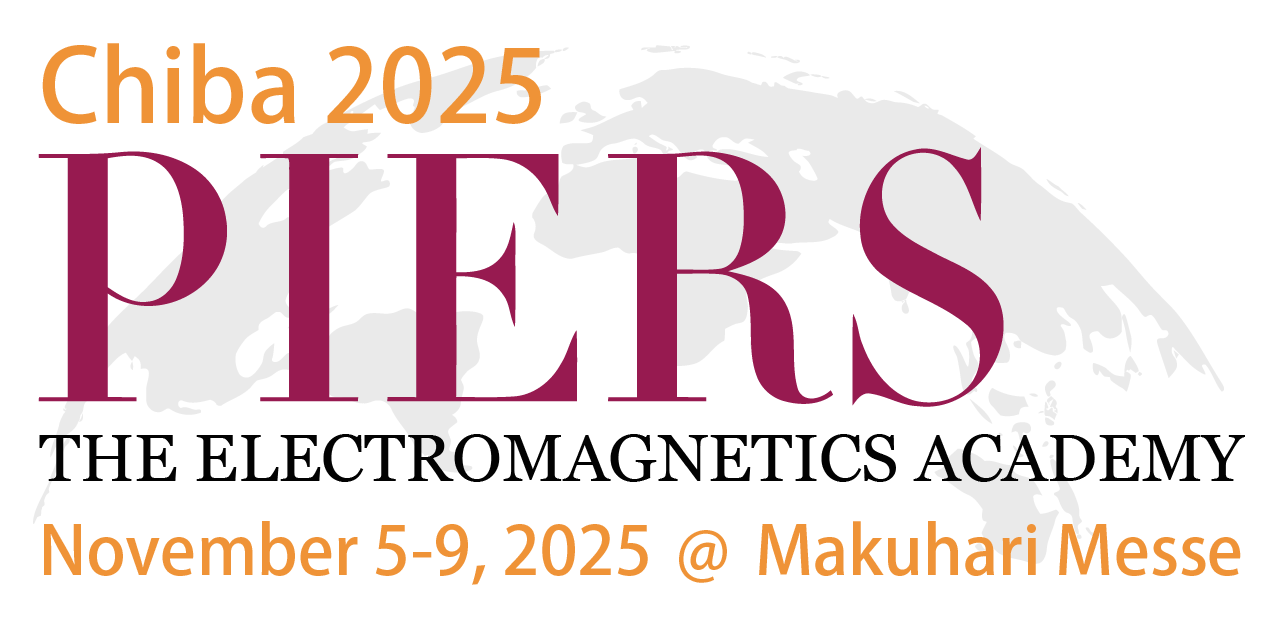PIERS is sponsored by The Electromagnetics Academy (TEMA). Founded by the late Professor Jin Au Kong (1942-2008) of MIT in 1989, The Electromagnetics Academy is a non-profit organization registered in USA. TEMA is the umbrella organization for PIERS and PIER Journals.
PIERS: PhotonIcs and Electromagnetics Research Symposium, also known as Progress In Electromagnetics Research Symposium, provides an international forum for reporting progress and recent advances in the modern development of electromagnetics, photonics and exciting applications. PIERS has become a major symposium in the area related to electromagnetics. PIER Journals are a family of journals supported by the proceeds of PIERS meetings.
The vision of TEMA is to encourage knowledge sharing, dissemination, and discovery related to electromagnetics. In particular, it provides synergy and collaboration between mathematicians, physicists, and engineers. It promotes curiosity driven research in science, as well as technology inspired research in engineering. This knowledge helps to elevate the standards and quality of life of peoples all worldwide. In addition, TEMA will nurture and mentor junior researchers, scientists and engineers, who will shape the future technologies of the world related to electromagnetics.
The mission of TEMA is to create a forum and a collaborative environment among researchers globally. They will discuss and share research outcomes in a harmonious fashion from a global perspective. PIERS and PIER Journals will promote and stimulate science and technology growth world-wide related to Maxwell’s equations, photonics, and electromagnetics. This will range over a broad frequency spectrum, broad length scale, as well as spanning topics from classical electromagnetics to quantum optics/electromagnetics. Since this is a rather broad arena, we will give priority to new and emerging areas. The PIERS will provide knowledge sharing and dissemination platform for scientists and engineers from around the world. PIERS will be aided by the open-access journals, PIER Journals to help facilitate this mission.
PIERS Topics
PIERS scope include electromagnetic theory, quantum electromagnetics, optics, photonics, plasmonics, metamaterials, antennas, microwaves, computational electromagnetics, electromagnetic compatibility, scattering, random media, remote sensing, radars, radiometry, imaging, radiative transfer, inverse problems, machine learning, quantum optics, material effects, acoustics, and all other modern developments.
Six Subcommittees with the following topics have been formed since 2013, however, the topics are not limited to these areas.
SC 1. Computational Electromagnetics, Electromagnetic Compatibility, Scattering and Electromagnetic Theory
- Electromagnetic theory
- Computational electromagnetics, hybrid methods
- Spectra, time, and frequency domain techniques
- Fast iteration, large scale and parallel computation
- Electromagnetic compatibility
- Scattering and diffraction
SC 2. Metamaterials, Plasmonics and Complex Media
- Metamaterials & Metasurface
- Plasmonics
- Biological media, composite and random media
- Plasmas, nonlinear media, fractal, chiral media
- Constitutive relations and bianisotropic media
- Moving media, relativity, field quantization
- Topological electromagnetics
SC 3. Optics and Photonics
- THz technology
- Microwave photonics
- Biophotonics
- Nanophotonics
- Advanced photonic materials
- Optical sensors and environmental monitoring
- Novel optical fibers and fiber-based devices
- Optoelectronic devices and integration
- Optical and wireless networking
- Light emitting and lasing
- Light harvesting, photovoltaics, optoelectronics in energy
- Coherent optics, ultrafast optics
- Nano-optics
SC 4. Antennas and Microwave Technologies
- Antenna theory and radiation
- Microstrip and printed antenna
- MIMO antenna
- 5G antenna
- Antenna array
- Phase array
- Transmission lines
- Waveguide discontinuities
- Resonators and Filters
- Interconnects, packaging
- Microwave and millimeter wave circuits and devices, CAD
- Wireless power transfer and harvesting
- Systems and components
- RF and wireless communication, multipath
- Nano-antenna
SC 5. Remote Sensing, Inverse Problems, Imaging, Radar and Sensing
- Precision airport landing systems, GPS
- Radar sounding of atmosphere, ionospheric propagation
- Microwave remote sensing and polarimetry, SAR
- Subsurface imaging and detection technology, GPR
- Active and passive remote sensing systems
- Electromagnetic signal processing and machine learning
- Rough surface scattering and volume scattering
- Remote sensing of the earth, ocean, and atmosphere
- Inverse scattering
SC 6. Quantum Science and Technology
- Quantum electromagnetics/electrodynamics, computing and information
- Quantum optics/electromagnetics
- Quantum sensing/imaging
Others
- Electromagnetics with artificial intelligence
- Superconducting devices
- Magnetic levitation, transportation and collision avoidance
- Medical electromagnetics, biological effects, bioimaging
- Nano scale electromagnetics, MEMS
- Power electronics
- Others
 Fraunhofer-Institut für Zerstörungsfreie Prüfverfahren IZFP
Fraunhofer-Institut für Zerstörungsfreie Prüfverfahren IZFP 